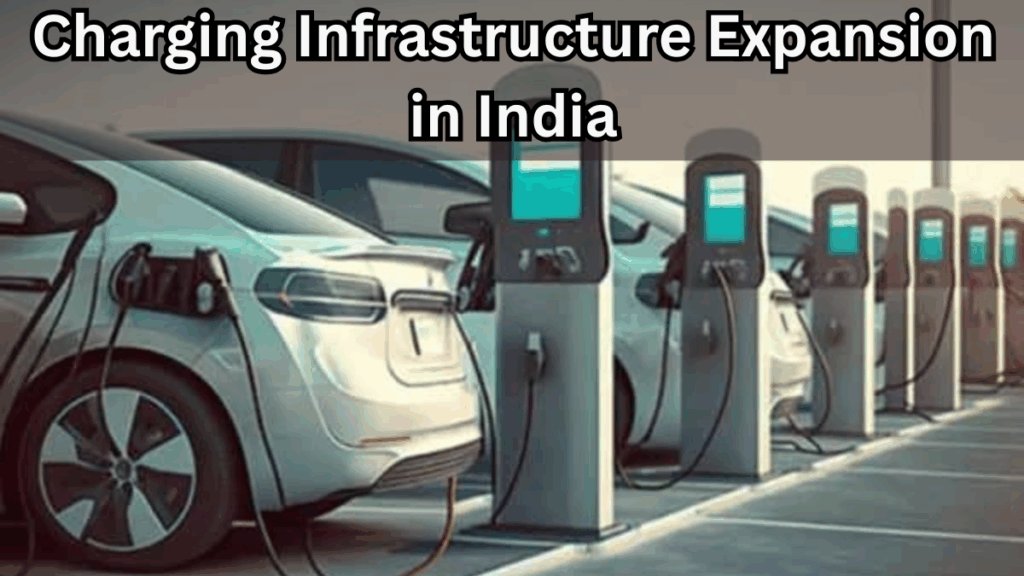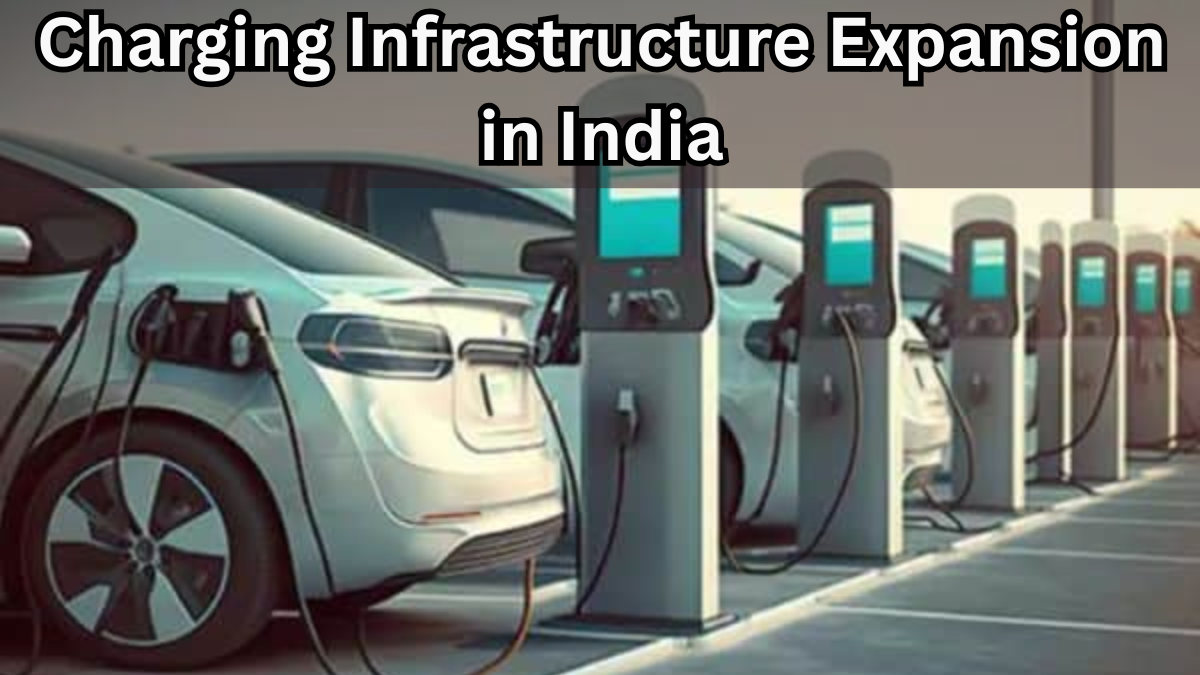India is moving full throttle toward an electric mobility revolution, and one of the biggest pillars holding this shift together is EV Charging Infrastructure. While the sales of electric vehicles are steadily increasing, the success of this transition depends heavily on how quickly and efficiently the nation can expand its electric vehicle charging network.
By 2025, India is set to witness a massive push in India EV stations, with government policies, private players, and technological innovations working in tandem to accelerate this growth.

Why Charging Infrastructure Matters
A robust charging ecosystem is essential for:
-
Reducing “range anxiety” among EV owners
-
Encouraging more buyers to shift from petrol/diesel to electric
-
Supporting India’s climate commitments and green mobility goals
-
Creating jobs and investment opportunities in clean technology
Current Scenario of EV Charging Infrastructure
India has made considerable progress in building EV charging points, but the pace needs to pick up to match the rising demand.
EV Charging Growth Snapshot
| Aspect | Current Status (2024) | Expected by 2025 |
|---|---|---|
| Number of Public Charging Stations | ~12,000+ | 25,000+ |
| Fast Charging Points | ~1,500 | 5,000+ |
| Cities with Active EV Networks | 70+ | 150+ |
| Government Target | 1 charging station every 3 km in cities | Nationwide scaling under FAME-II |
Key Drivers of Expansion in 2025
The growth of EV Charging Infrastructure in India during 2025 will be fueled by multiple factors:
-
Government Push: Schemes under FAME-II, tax incentives, and land allocation for charging hubs
-
Private Investments: Companies like Tata Power, Adani, and global EV firms are setting up India EV stations aggressively
-
Technological Upgrades: Faster chargers, renewable-powered stations, and AI-driven smart grids
-
Rising EV Adoption: With electric vehicle sales projected to double, demand for reliable charging will skyrocket
Challenges Ahead
Even though the momentum is strong, some hurdles need to be addressed:
-
High cost of setting up fast chargers
-
Uneven distribution of charging points (urban vs rural)
-
Dependency on imported components
-
Need for standardized technology across brands
Future Outlook
By the end of 2025, India’s electric vehicle charging network is expected to be far more accessible and efficient. Urban areas will see dense networks of fast chargers, while highways will have strategically placed India EV stations to support long-distance travel.
This expansion will not only make EV ownership easier but also strengthen India’s position as a global leader in green mobility.
FAQs
Q1. How many EV charging stations are expected in India by 2025?
By 2025, India is projected to have over 25,000 public charging stations, with thousands more coming up in private and semi-public spaces.
Q2. Who are the major players in India’s EV charging infrastructure?
Tata Power, Adani, Indian Oil, NTPC, and global firms like Tesla and Shell are actively investing in India EV stations.
Q3. Will charging be affordable for the common user?
Yes. Government subsidies, renewable energy integration, and competitive private sector pricing are expected to bring down costs for everyday users.
Q4. What role does the government play in EV charging expansion?
Through FAME-II, state-level policies, and land allocation for charging hubs, the government is ensuring faster rollout of electric vehicle charging points across the country.
Click here to learn more
